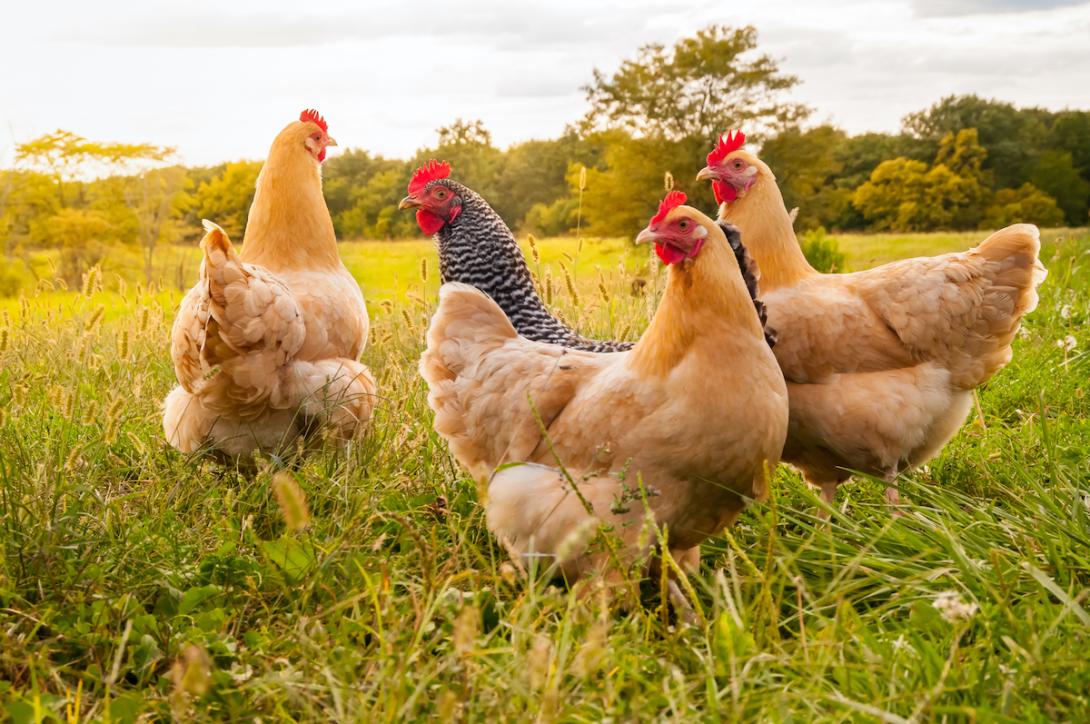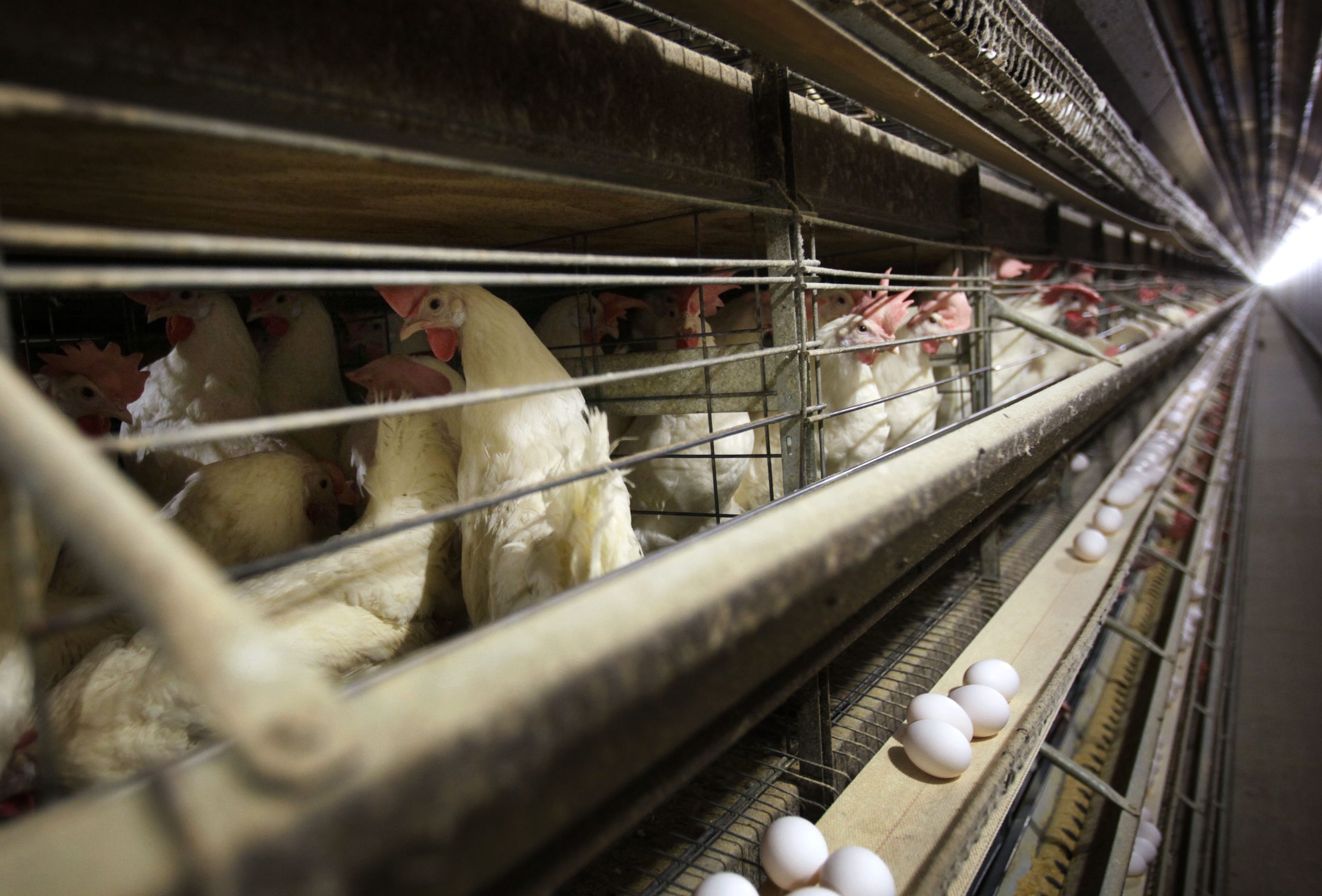Four agricultural workers in Washington state have tested presumptively positive for avian influenza A (H5N1), commonly known as bird flu, sparking concerns about the potential spread of the virus among other agricultural workers in the U.S. These workers, employed at an egg farm in Franklin County, experienced mild symptoms and have been provided with antiviral medication. The Washington State Department of Health (WADOH) is currently testing other individuals on the farm, and the number of cases under investigation could increase depending on test results.
These are the first presumed human cases of the H5 virus being investigated in Washington state. As a response to the outbreak, over 800,000 birds were euthanized after testing by the Washington State Department of Agriculture confirmed the presence of the avian flu virus in the birds. The mass culling was done to prevent the spread of the virus to other animals and possibly more humans, highlighting the seriousness of the outbreak.

Washington state becomes the sixth U.S. state to report human infection of the highly pathogenic avian influenza (H5N1). The virus has previously been detected in poultry, dairy cattle, and wildlife. This particular strain of avian flu has been spreading across different animal species since it was first identified in Washington in 2022. Health officials in Washington have been closely monitoring its spread and are prepared with the necessary tools and strategies to mitigate its impact on both agriculture and public health.
The disease primarily occurs in wild aquatic birds but can spread to other bird species and mammals, and in rare cases, infect humans. Most human cases occur after prolonged and close contact with infected animals or environments contaminated by the virus. While the infection is rare in humans, its emergence in agricultural workers raises concerns about further spread, particularly in environments where close interaction with animals is common.
Despite the detection of the virus in humans, the Centers for Disease Control and Prevention (CDC) considers the risk to the general public to be low. However, individuals who have job-related or recreational exposure to infected animals are at a higher risk and should take preventive measures, such as using personal protective equipment, to reduce the chances of infection.
